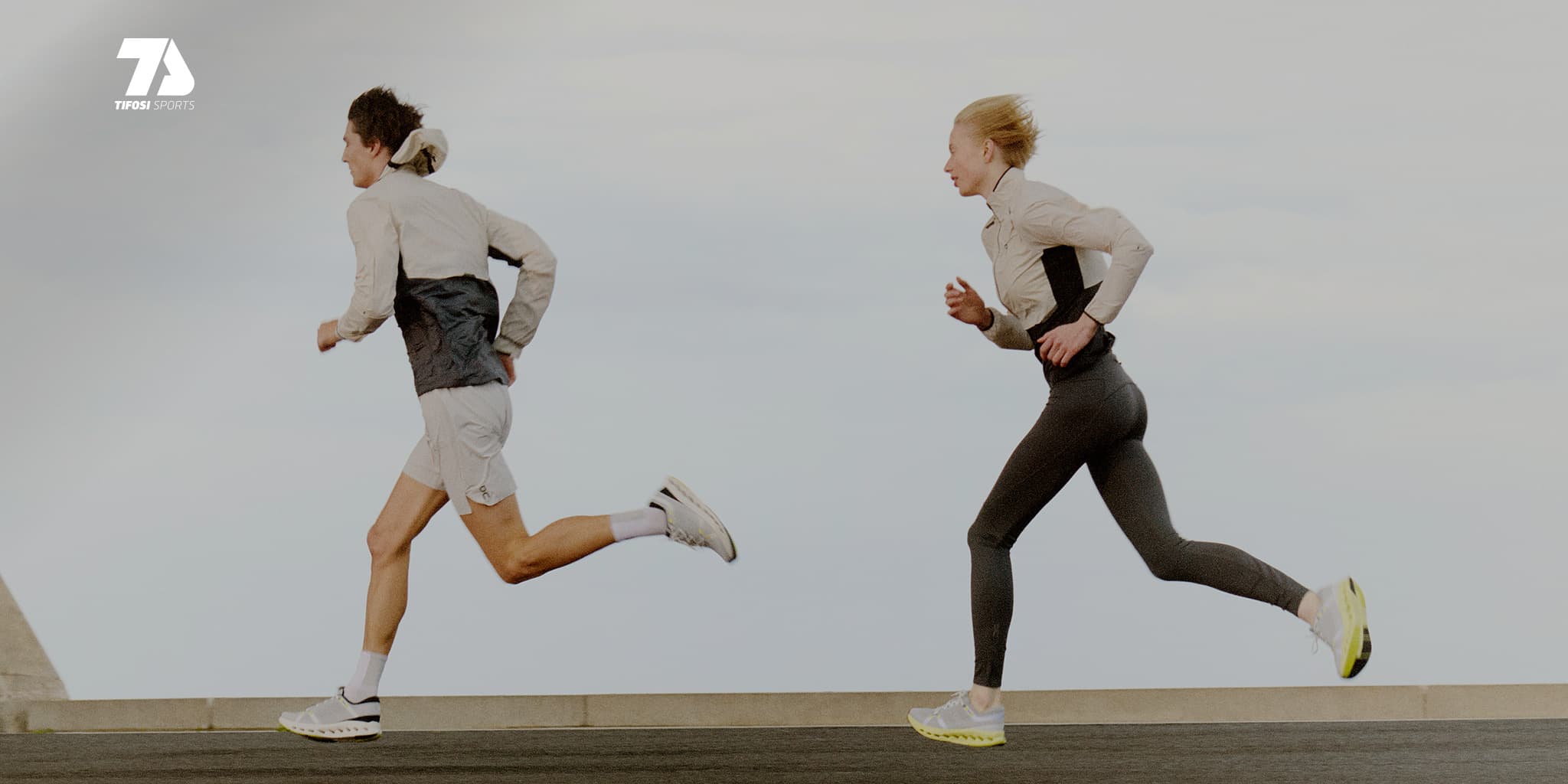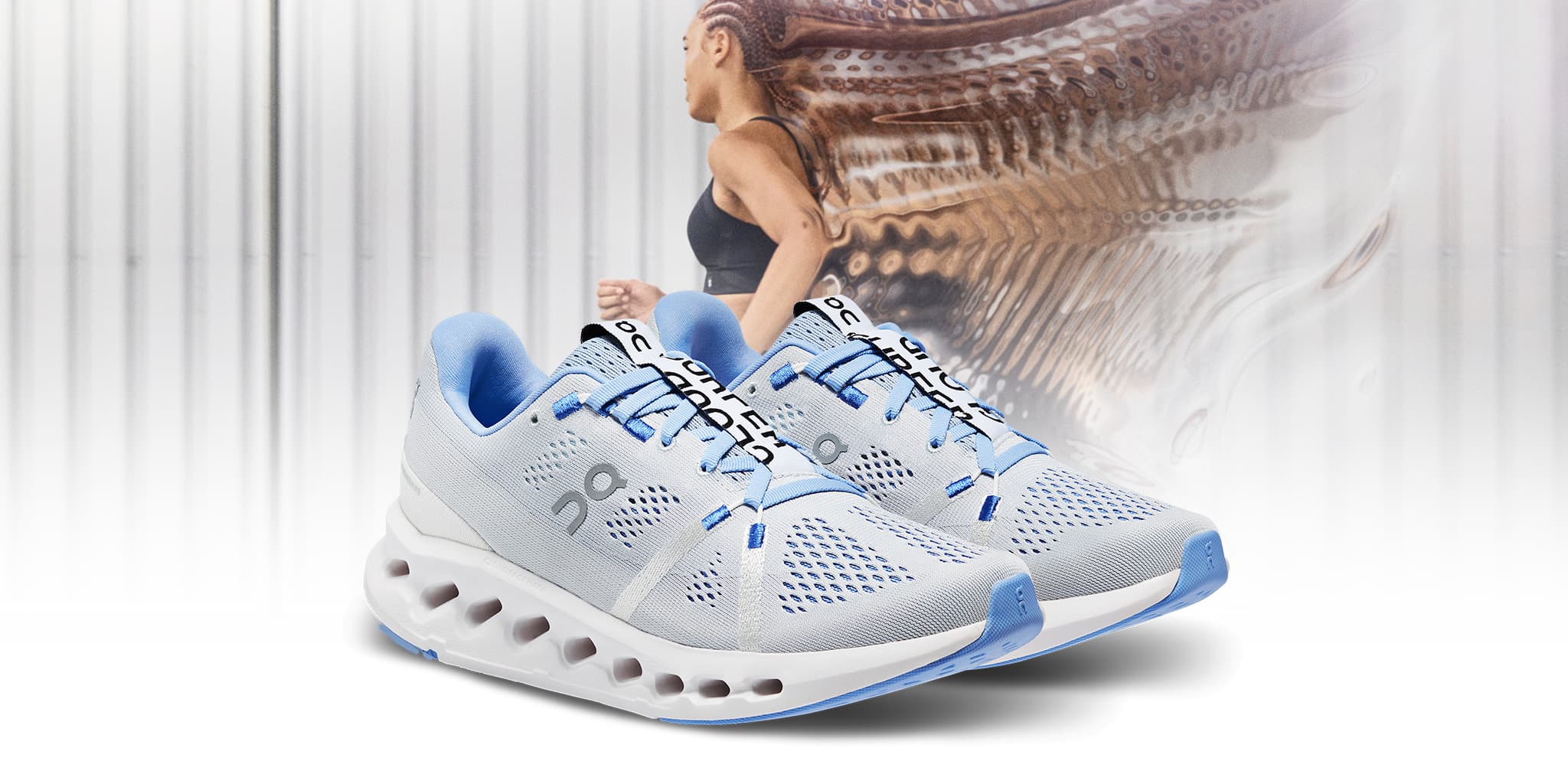Cadence: The Secret Weapon for Smoother, Faster, Injury-Free Running
If you've been running for a while, chances are you've heard the term "cadence" mentioned more than once. Maybe you’ve checked it on your watch and wondered what it means—or why it matters. Let’s break it down: cadence isn’t just a number, it’s the rhythm of your stride and one of the keys to running efficiently, reducing impact, and avoiding injury.
What is Cadence?
Cadence (or step rate) is the number of steps you take per minute (SPM). It’s one of the most essential components of your running form. While elite runners often clock around 180 SPM, there’s no one-size-fits-all. Many runners fall in the 160–170 SPM range. The aim? To find the cadence that supports your efficiency and reduces injury risk.
Why is Cadence Important?
- Injury Prevention: Lower cadence often leads to overstriding—landing with your foot too far ahead—which increases joint stress. A higher cadence reduces impact and promotes safer mechanics.
- Running Efficiency: Shorter, quicker steps help conserve energy by reducing ground contact time and forward braking forces.
- Speed and Performance: Cadence and stride length both affect speed. Boosting cadence supports smoother, more controlled acceleration.
How to Improve Your Cadence
- Find Your Baseline: Run for a minute at your normal pace, count one foot’s steps, then double it. Or use a cadence-enabled GPS watch like the Garmin Forerunner 265.
- Make Small Adjustments: If your cadence is under 170, aim to increase it gradually by 5% over several weeks.
- Use a Metronome or Music: Match your stride to beats per minute (BPM) using an app or playlist in the 170–180 BPM range.
- Shorten Your Stride: Focus on landing beneath your body, not ahead. This adjustment naturally boosts cadence.
- Strengthen Key Muscles: Incorporate drills like high knees, plyometrics, and strength training to support faster turnover.
- Wear the Right Shoes: Lightweight, responsive shoes like the On Cloudsurfer 2 from Tifosi Sports offer smooth transitions and optimal support.
- Try Short Barefoot Runs: Brief barefoot sessions encourage midfoot striking and naturally promote higher cadence.
Cadence and Running Styles
- Short Distance (5K–10K): A cadence of 175–190 SPM helps maximise speed and control.
- Half/Full Marathon: Aim for a consistent cadence around 170–180 SPM to balance endurance and efficiency.
- Trail Running: Cadence will vary by terrain—shorter strides uphill, quick turnover downhill for better control.
Cadence may be simple, but it’s one of the most effective ways to improve your running. It’s not about hitting 180 SPM exactly—it’s about making small changes that improve your stride, protect your joints, and keep you running longer. With the right mindset and the right gear, like the On Cloudsurfer 2, you can find your rhythm and enjoy every step.




Share:
Structuring Your Long Runs for Success
Core Exercises for Runners: Why They Matter